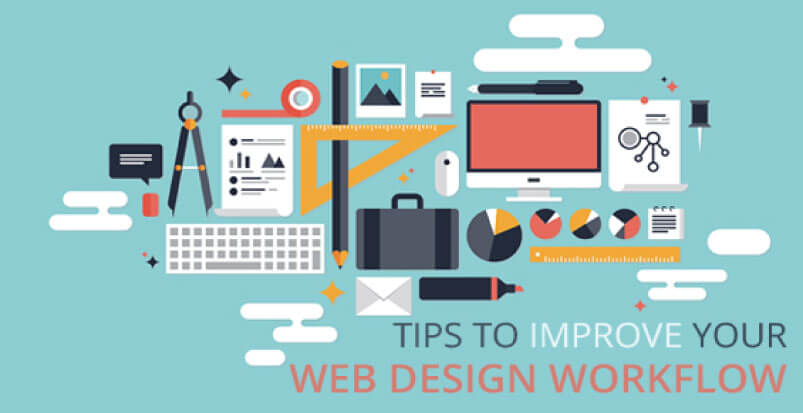Web designing has become one of the greatest and easiest ways to earn money sitting at home. Even if you don’t want to make websites for other brands, you can create your website and market your own brand. Web design is an amazing framework of strategies that create a platform for marketing and communication with your customers.
Despite all the creative and innovative work you get to do once you’re a web developer, you may face some difficulties in managing your work. Here are some easy tips to get you started on a well-managed routine for your work:
Gather your client needs
The first thing you need to do is get your mind prepared. You need to know exactly what your client is expecting instead of rushing to get the job done and have it changed after every trial.
A meeting to kick things off is a great start when starting a new website project. This is your chance to find out what your client needs are and allow you to develop a project plan and determine the website’s main objectives.
Defining website goals
The next thing is to understand what goals are to be reached via the website. You need to know what should be more appealing and how you will make it work on the website’s frontend. You can use different software applications to manage all your editing and web development tools in this area.
An online application such as Trello is a well known and easy-to-use project management tool. This will allow you to create vision boards for various projects. With Trello you can get a quick overview of your current tasks and workflow. In this way, you can implement the optimal project management methodologies for your website project.
Develop the website structure
The next step is to start working on the website development stage. You need to analyze which tools are to be used and which ones would be used if the first ones don’t work to your advantage.
In this step, the navigational structure of the website is in its development phase, and decisions are made about what content is included under which page name.
The website’s structure forms the backbone of your whole website. It’s a reference guide for the web development team and the entire duration of the project. This will show basically where all the content will sit and under which page they will be residing.
Design & Development
The next step is to have a design framework ready. It is very important that the web designer and the website developer work together to achieve the kind of design the client is looking for. Asking your client again and again is better than risking a mishap.
The design phase involves all the creation of the website elements and components. The web designer works closely with the web developer to ensure that all the implementation of design elements work together when development is taking place.
The development phase is where the actual website is being created. After the design concept is completed, the site goes into the production part of the workflow. Here, the individual graphic elements are exported from the design and used to create a functional website.
Test, collect feedback and resolve any outstanding bugs
So when you’re done with the above steps, you need to review the website once again and collect any feedback from the client. No project is ever really perfect on first delivery, there is always at least one flaw. Make any alterations requested by the client and resolve any outstanding bugs.
This is the stage where you are testing every element within the developed website. Troubleshooting takes place to resolve any outstanding issues so that the website runs smoothly.
This is the final step to assure your tasks have been managed and the website is in good working order. The most important rule of thumb is to know that your customer is satisfied with the end results.
Are you looking for a new website for your business or wanting to revamp your existing online presence? Contact Design Point today to see how we can make a change to your digital space.


